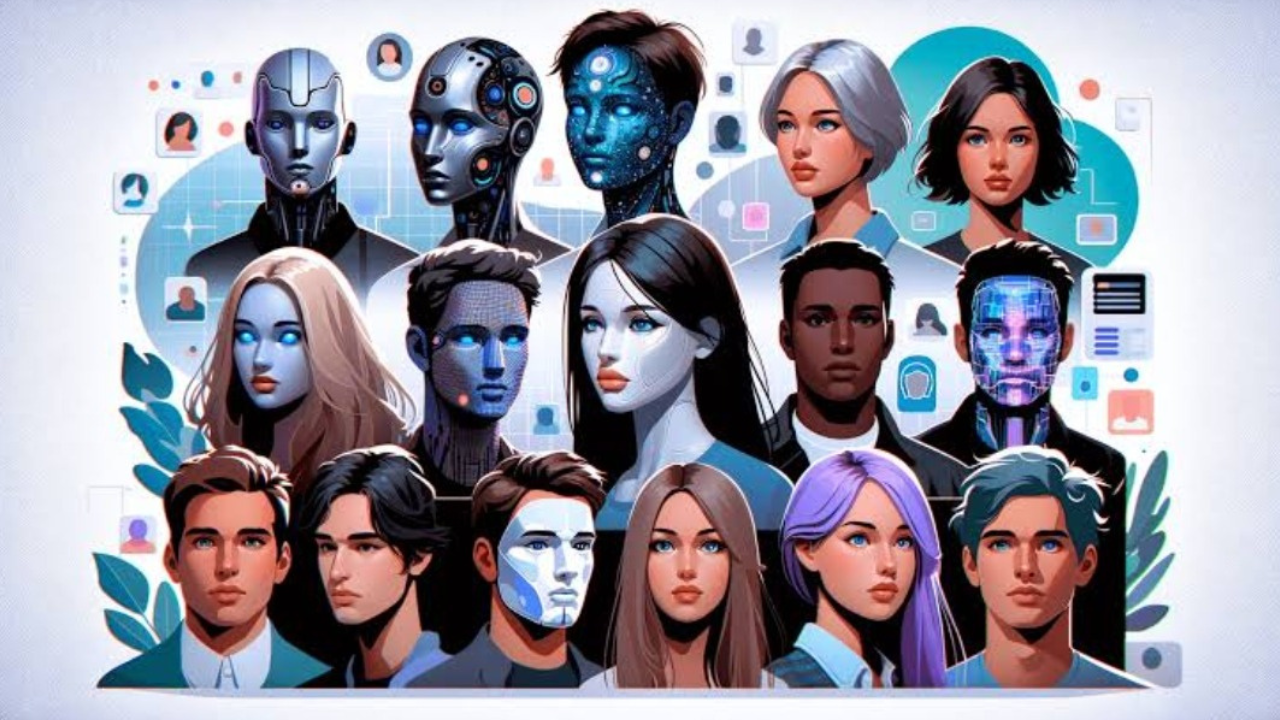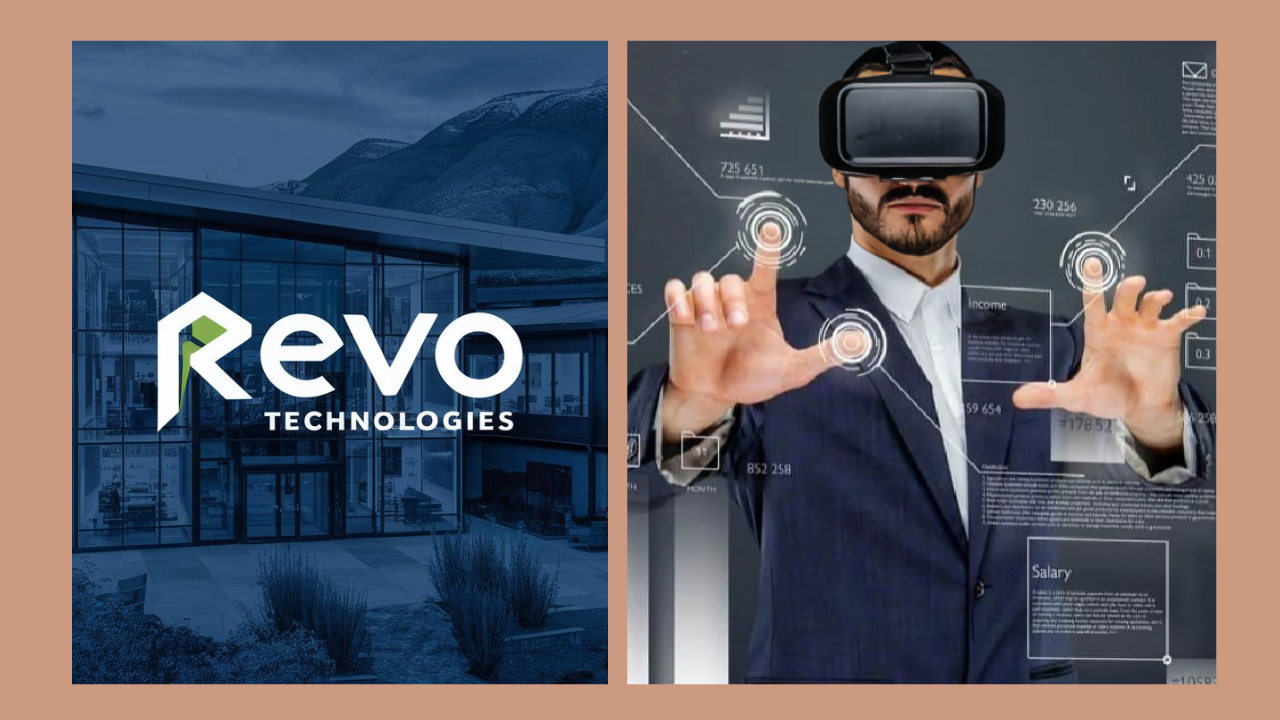The Rise of AI Avatars: Transforming Digital Interaction
The digital landscape is evolving unprecedentedly, with artificial intelligence (AI) leading the way in reshaping how we interact online. Among the most exciting developments is the emergence of AI avatars—digital personas powered by AI technology replicating human-like behavior, appearance, and communication. These avatars transform digital interactions across industries, from entertainment and education to customer service and social media.
In this article, we’ll explore the rise of AI avatars, their growing applications, and their potential to revolutionize how we engage with technology.
What Are AI Avatars?
AI avatars are digital representations of individuals or characters created and powered by artificial intelligence. Depending on their intended use, these avatars can be designed to look and behave like humans or take on fantastical forms. What sets AI avatars apart from traditional digital representations is their ability to interact dynamically with users through speech, gestures, and adaptive behavior.
Advanced AI algorithms enable these avatars to learn from interactions, refine their responses, and provide increasingly personalized experiences. This makes them ideal for various applications, from virtual assistants to digital brand ambassadors.
How AI Avatars Work
The creation of AI avatars involves several technologies working in harmony:
- AI-Powered Animation: Machine learning algorithms analyze human facial expressions and body language to create lifelike movements and gestures for avatars. This ensures that avatars feel more authentic and engaging.
- Speech Generation and Recognition: AI-powered speech tools allow avatars to understand spoken language, process it, and respond in natural-sounding voices. Some systems also include multilingual capabilities.
- Natural Language Processing (NLP): NLP enables avatars to understand and respond to text or voice inputs with contextual accuracy, making interactions seamless and intuitive.
- 3D Rendering and Design Tools: Sophisticated graphics software helps create visually appealing and customizable avatars that can fit specific roles or brand identities.
With these technologies, an AI avatar generator can create unique digital personas in minutes, opening up opportunities for businesses, educators, and content creators alike.
Applications of AI Avatars Across Industries
1. Customer Service
AI avatars are becoming a staple in customer service, where they can act as virtual agents to assist customers in real time. These avatars can handle inquiries, provide step-by-step guidance, and even simulate empathetic conversations, all without the need for human intervention. AI avatars are transforming customer support into a more efficient and satisfying experience by enhancing responsiveness and reducing wait times.
2. Education and Training
In education, AI avatars are being used as virtual tutors and trainers. They can provide personalized learning experiences, adapting their teaching methods to suit individual learning styles. For example, an AI avatar could guide students through complex scientific concepts or help employees practice new skills in a simulated environment.
3. Gaming and Entertainment
In the gaming industry, AI avatars are revolutionizing character design and interaction. Players can now interact with game characters that adapt to their actions, creating unique immersive experiences. Beyond gaming, AI avatars are also used in live streaming and content creation, acting as virtual influencers or hosts.
4. Healthcare
AI avatars are finding their way into healthcare, serving as virtual assistants that help patients manage appointments, understand medical procedures, or track medication schedules. These avatars can also be programmed to offer emotional support, making them valuable companions for mental health initiatives.
5. Social Media and Virtual Reality
Social platforms and video apps are integrating AI avatars to create more engaging and personalized interactions. Users can design avatars representing their online identities and interact with friends or followers in virtual environments. This trend is especially popular in the metaverse, where AI avatars play a central role in creating immersive digital worlds.
Benefits of AI Avatars
1. Enhanced Engagement
AI avatars provide a more interactive and engaging experience than static digital content. By mimicking human expressions and responses, they can hold users’ attention and create a stronger emotional connection.
2. Personalization
One of the standout features of AI avatars is their ability to adapt to individual users. Whether in customer service or education, avatars can tailor their responses based on user preferences, needs, and behaviors, resulting in a highly personalized experience.
3. Cost Efficiency
By automating tasks traditionally performed by humans, AI avatars can significantly reduce operational costs. For businesses, this means fewer expenses on staffing while maintaining or even improving service quality.
4. Scalability
AI avatars can operate 24/7 without fatigue, making them an ideal solution for businesses that need to scale their operations. Whether handling customer inquiries or delivering online lessons, AI avatars can simultaneously manage high volumes of interactions.
5. Innovative Branding
For companies looking to stand out, AI avatars offer a fresh way to present their brand identity. A digital ambassador powered by AI can represent a brand in marketing campaigns, webinars, or virtual events, offering a memorable and innovative touch. Using a marketing campaign plan template can help structure these efforts effectively, ensuring alignment with brand goals and maximizing impact.
Challenges and Ethical Considerations
While the potential of AI avatars is undeniable, there are several challenges to consider:
- Privacy Concerns The use of AI avatars often involves collecting and analyzing user data, which raises questions about privacy and data security. Companies must ensure compliance with data protection regulations to gain user trust.
- Bias in AI AI systems are only as unbiased as the data on which they are trained. The avatars may inadvertently perpetuate stereotypes or discriminatory behavior if the training data includes biases.
- Over-Reliance on AI Relying too heavily on AI avatars could lead to a lack of human touch in interactions, especially in contexts where empathy and emotional intelligence are crucial.
- Accessibility Not all users may be comfortable interacting with AI avatars, especially those less tech-savvy. Ensuring that alternative methods of interaction remain available is essential.
The Future of AI Avatars
As AI technology continues to evolve, the capabilities of AI avatars are expected to grow exponentially. Here are some trends we can anticipate:
- Hyper-Realistic Avatars: Advances in graphics and AI will make avatars even more lifelike, blurring the line between digital and physical interactions.
- Emotional Intelligence: AI avatars will better detect and respond to emotional cues, creating more profound and meaningful interactions.
- Integration with Emerging Technologies: AI avatars will increasingly integrate with augmented reality (AR) and virtual reality (VR), enhancing their utility in immersive environments.
- Broader Accessibility: As technology becomes more affordable, AI avatars will become accessible to smaller businesses and independent creators, democratizing their use.
In conclusion, AI avatars are reshaping how we engage with digital environments, offering new opportunities for personalization, efficiency, and creativity. Whether enhancing customer service, revolutionizing education, or creating immersive entertainment, the rise of AI avatars marks a significant milestone in digital interaction. Embrace this technology, and you’ll unlock a new dimension of possibilities in the digital age.
Read More: Digital Design.














Post Comment